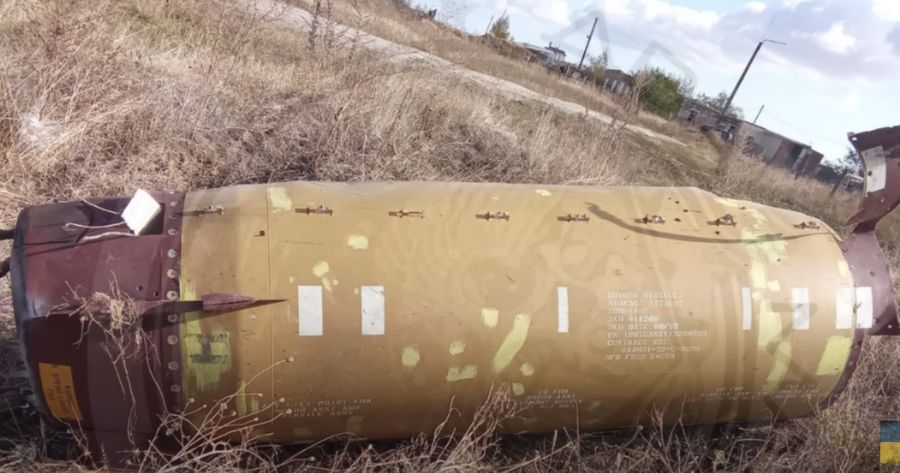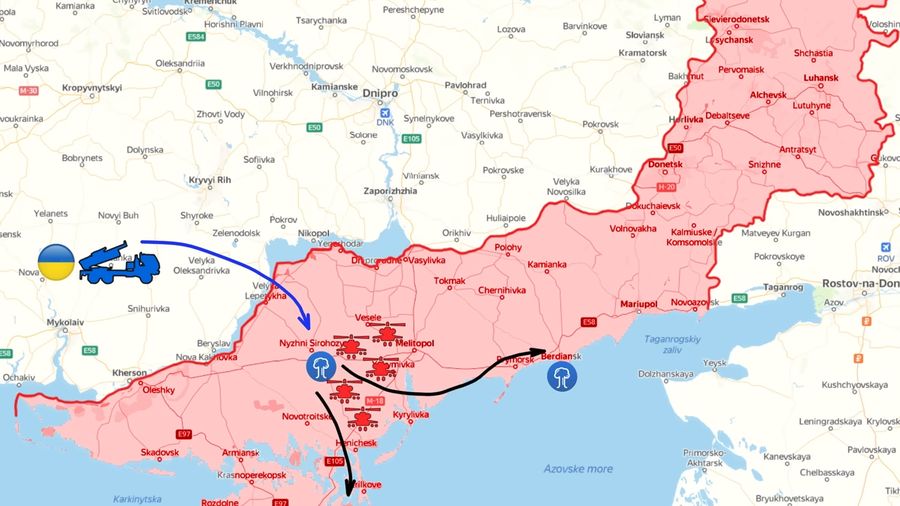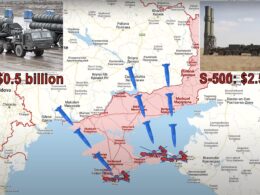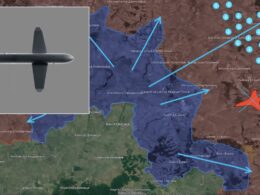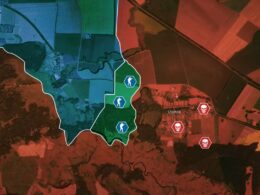Day 601: 17 October
Today, there is a lot of good news from the south.
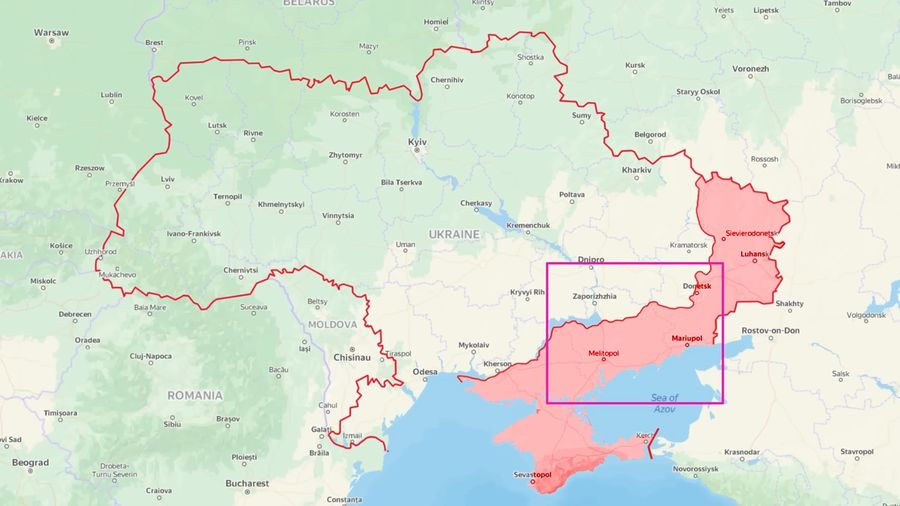
Here, Ukrainian forces conducted a devastating strike on the Russian airfield in Berdiansk. The airfield is located around 100 km from the front, and it served as the main base for the Ka-52 Russian assault helicopters, which caused a lot of trouble for Ukrainian tanks and armored fighting vehicles on the contact line.
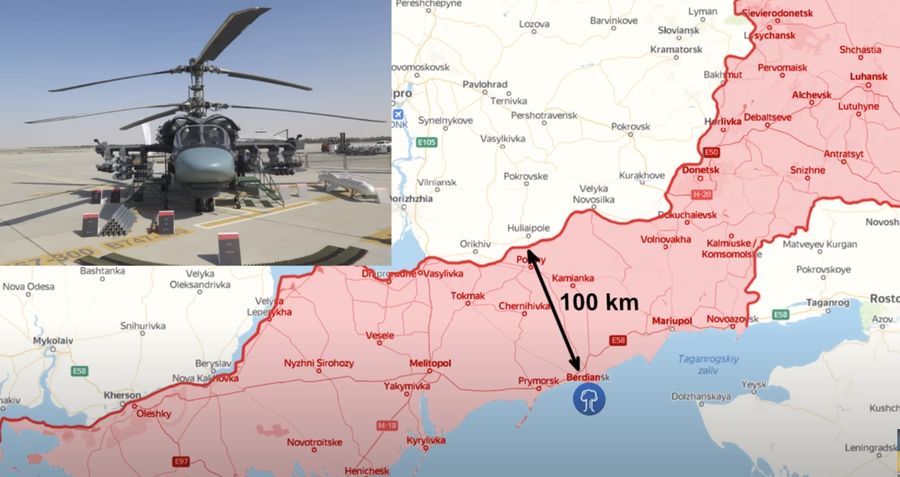
Based on the satellite footage from last month, we can see that Russians stationed here at least 15 helicopters of various types.
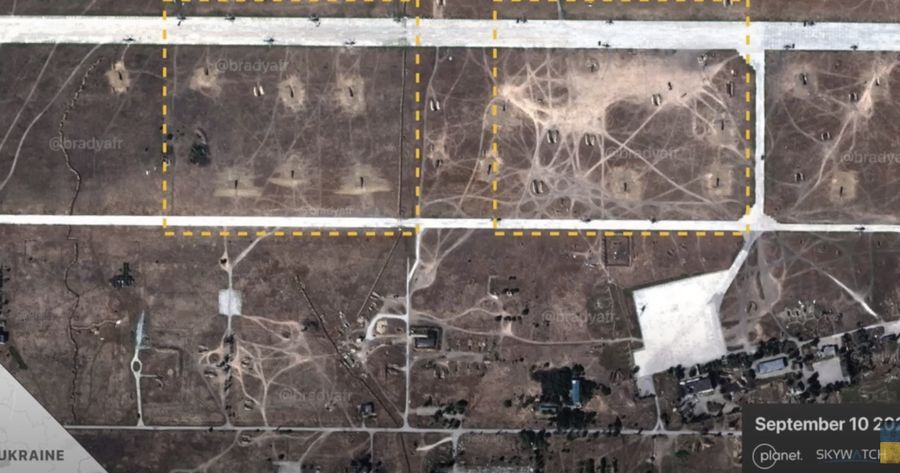
New satellite imagery of Russian-occupied Berdyansk airport shows several burned areas following Ukraine's strike on the site with ATACMS.
— Brady Africk (@bradyafr) October 18, 2023
Higher resolution imagery is needed to confirm the extent of the damage, but several helicopters have moved since the strike. pic.twitter.com/FyDx7u2V4N
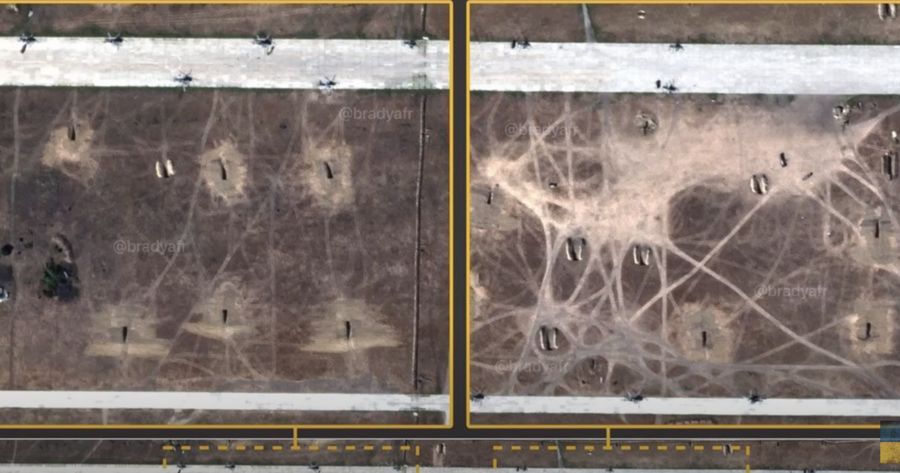
The helicopters were mostly located on the eastern side of the airfield, which is exactly where this morning huge fires broke out, according to NASA FIRMS satellite data.

Soon, a video filmed by a Russian soldier leaked into the Ukrainian media space. Even though the video was filmed from afar, we can clearly see silhouettes of burning helicopters in the distance.
https://twitter.com/bayraktar_1love/status/1714264262938362195
According to the comments of the soldiers that were filming the video, there were at least five aircraft on fire: Mi-8 and Mi-24 in front of them, and Ka-52 to the left. Moreover, the camera also caught a glimpse of the facilities to the right that were brightly burning. The soldiers also said that the air defense did not manage to intercept any rockets. Soon, the helicopter’s ammunition started to detonate, and the soldiers ran away. Given that some helicopters were staying too close to each other, the detonation of ammunition caused more aircraft losses.
Initially, Russian sources reported that judging by the scale of the destruction, Ukrainians launched up to 40 rockets. Later, Russian sources published photos of the remnants of the rockets and concluded that Ukrainians conducted the strike with ATACMS missiles.
There are various types of ATACMS missiles, and there was a lot of debate about which type Ukrainians will get. Everyone expected the US to provide the classic missile with a unitary warhead designed to hit single big targets. However, judging by the remnants on the airfield, this missile had a submunition warhead containing hundreds of steel case balls filled with incendiary pallets.
The Ukrainian General Staff did not try to deny the claims and posted a video showing how 3 HIMARS systems were launching ATACMS missiles in the direction of Berdiansk.
https://twitter.com/EuromaidanPress/status/1714678735104819618
The fact that it took only three missiles to put on fire half of the airfield indicates that there were indeed a lot of incendiary pallets. Moreover, the White House officially confirmed that the US has provided Ukraine with ATACMS missiles but with the shortest range of 165 km. However, the unique feature of this shorter-range variant is that it contains almost 1000 submunition, while the 300 km version has only 300. So, for the purpose of this strike, this was the best variant to use.
https://twitter.com/bayraktar_1love/status/1714288311643300294
Trending Now
What makes the whole situation ironic is that Russians have been rebuilding the airfield in Berdiansk specifically to avoid HIMARS strikes. After the Russians retreated from Kherson, the main Russian airfield in Chaplynka became extremely vulnerable and started taking the beating on a consistent basis, which is why Russians were forced to evacuate their helicopters to Crimea and Berdiansk.
Once the airfield in Berdiansk was fully prepared, it became the main and safest base for aviation on the Zaporizhzhia front. Unfortunately for Russians, there is no safe space on the Ukrainian territory anymore.
What makes the situation even more problematic for Russians is that unlike Storm Shadow and Scalp missiles, there is no way they can predict the launch of ATACMS missiles. Since Storm Shadow missiles are air-launched, the moment Ukrainian Su-24 takes off, Russians understand that there is a possibility of a strike. ATACMS is launched from the surface of highly mobile carriers, which makes tracing virtually impossible. On top of that, ATACMS is not a simple ballistic missile with a fully predictable trajectory. ATACMS are highly maneuverable and can have complex trajectories, making interception of these missiles a very difficult task.
And Ukrainian forces proved it the same morning for the second time by conducting another strike – this time, the target became the airfield in Luhansk. Ukrainian forces published a video of the launch of 2 missiles, so in total, today, Ukrainians used 5 ATACMS missiles. And the results are quite impressive.
Operation Dragonfly: Ukraine claims destruction of Russia’s nine helicopters at occupied Luhansk and Berdiansk airfields
According to the Ukrainian Special Forces who conducted this operation codenamed Dragonfly, these five missiles destroyed nine helicopters of various types, multiple pieces of special equipment on the airfields, one air defense rocket launcher, two ammunition depots, more than 20 troops, including valuable pilots, and also damaged the tarmac, making it temporarily unusable by fighter jets.
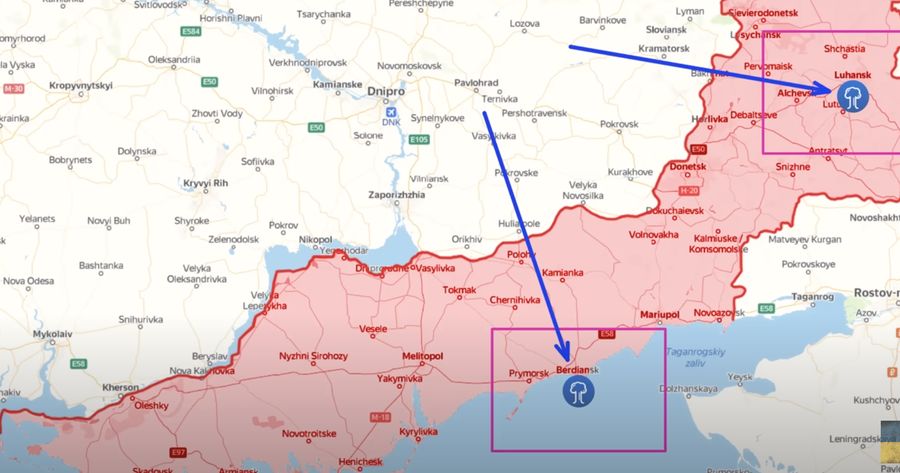
The ammunition depot in Berdiansk continued to detonate till 4 a.m., while the ammunition depot in Luhansk continued to detonate till 11 a.m.
The President of Ukraine Volodymyr Zelenskyy stated in his evening report that ATACMS missiles showed themselves very well on the battleground in Ukraine.
Zelenskyy confirms use of ATACMS missiles by Ukraine’s forces
In our daily frontline report, we pair up with the military blogger Reporting from Ukraine to keep you informed about what is happening on the battlefield in the Russo-Ukrainian war.

